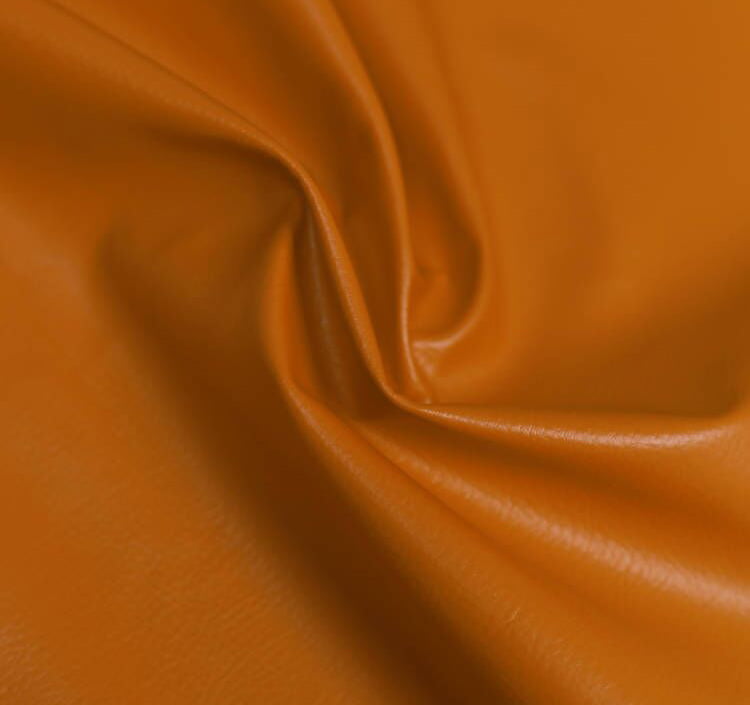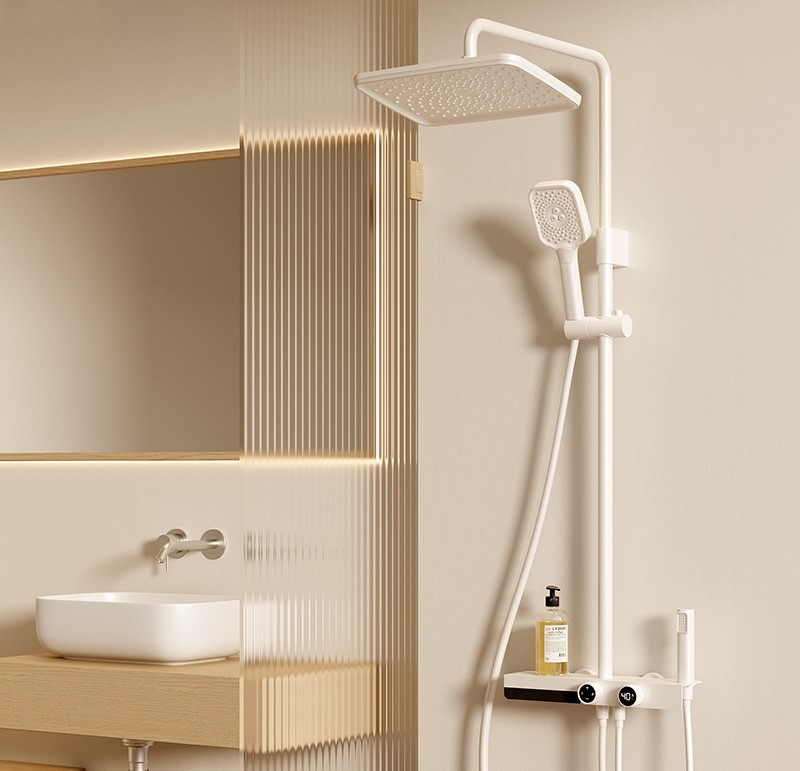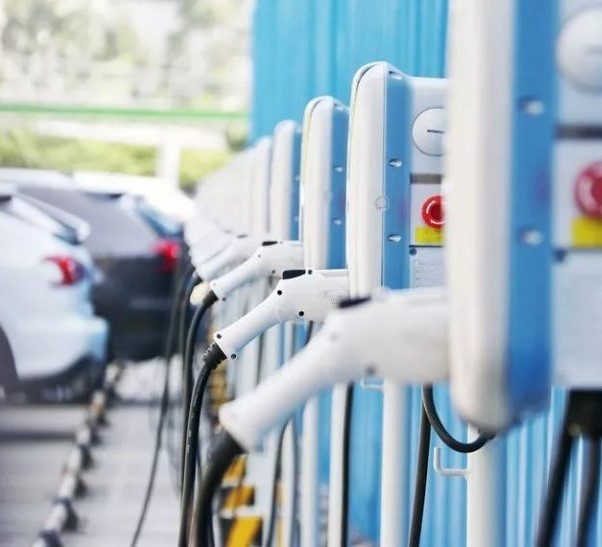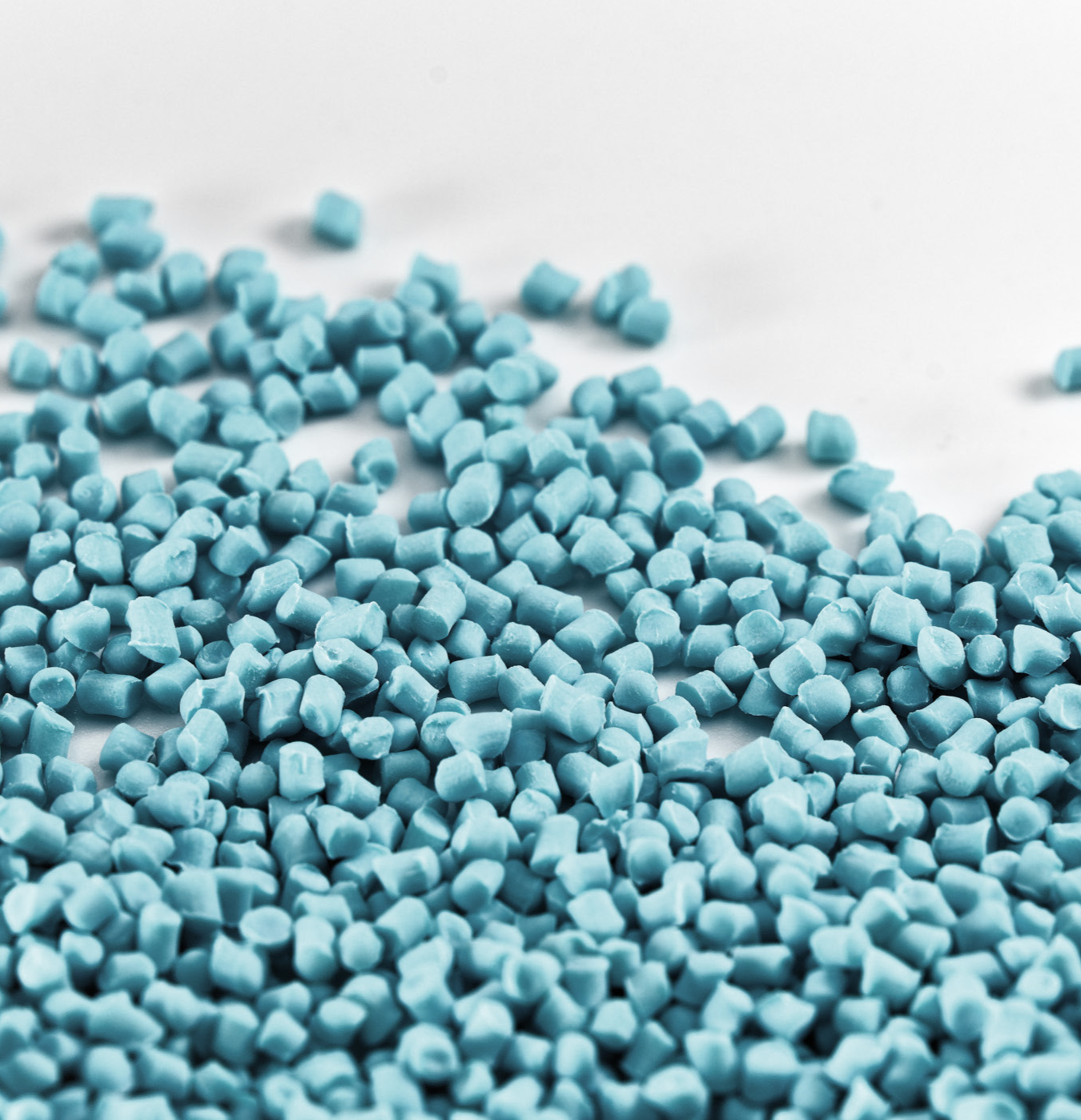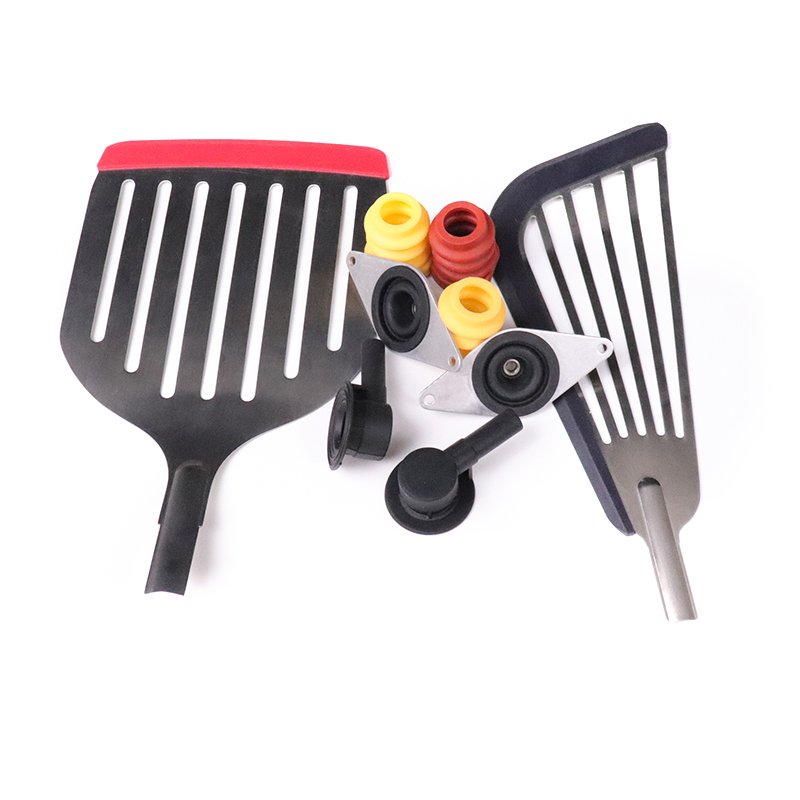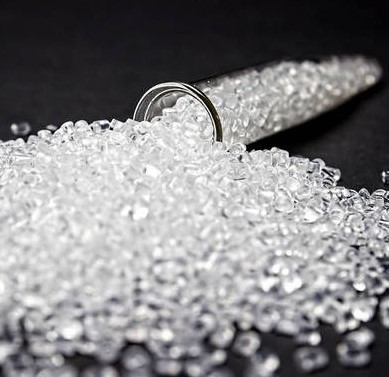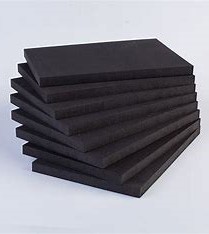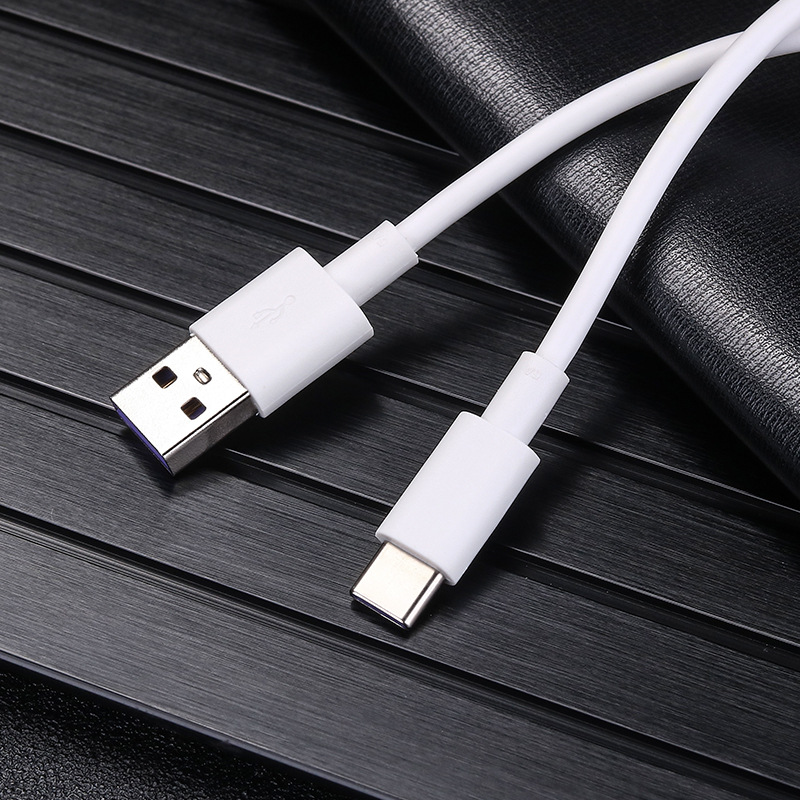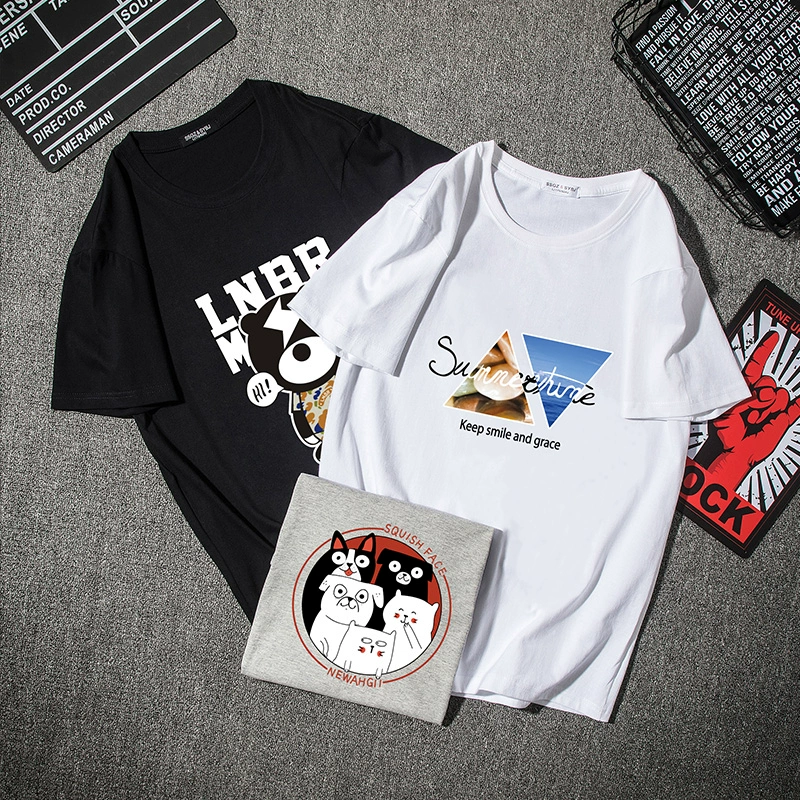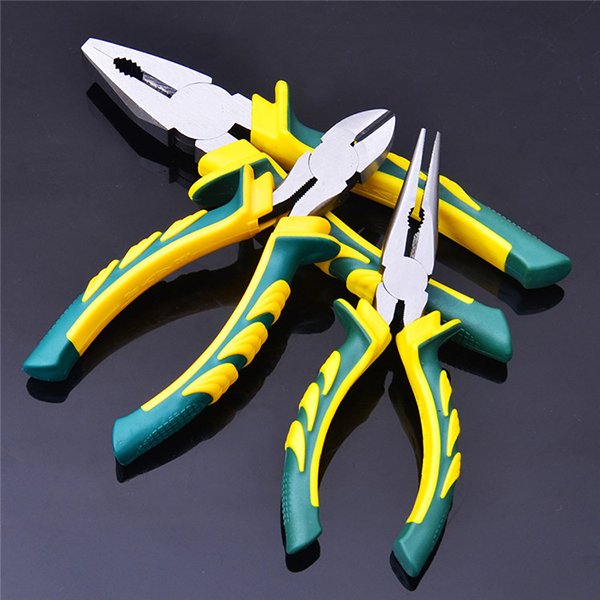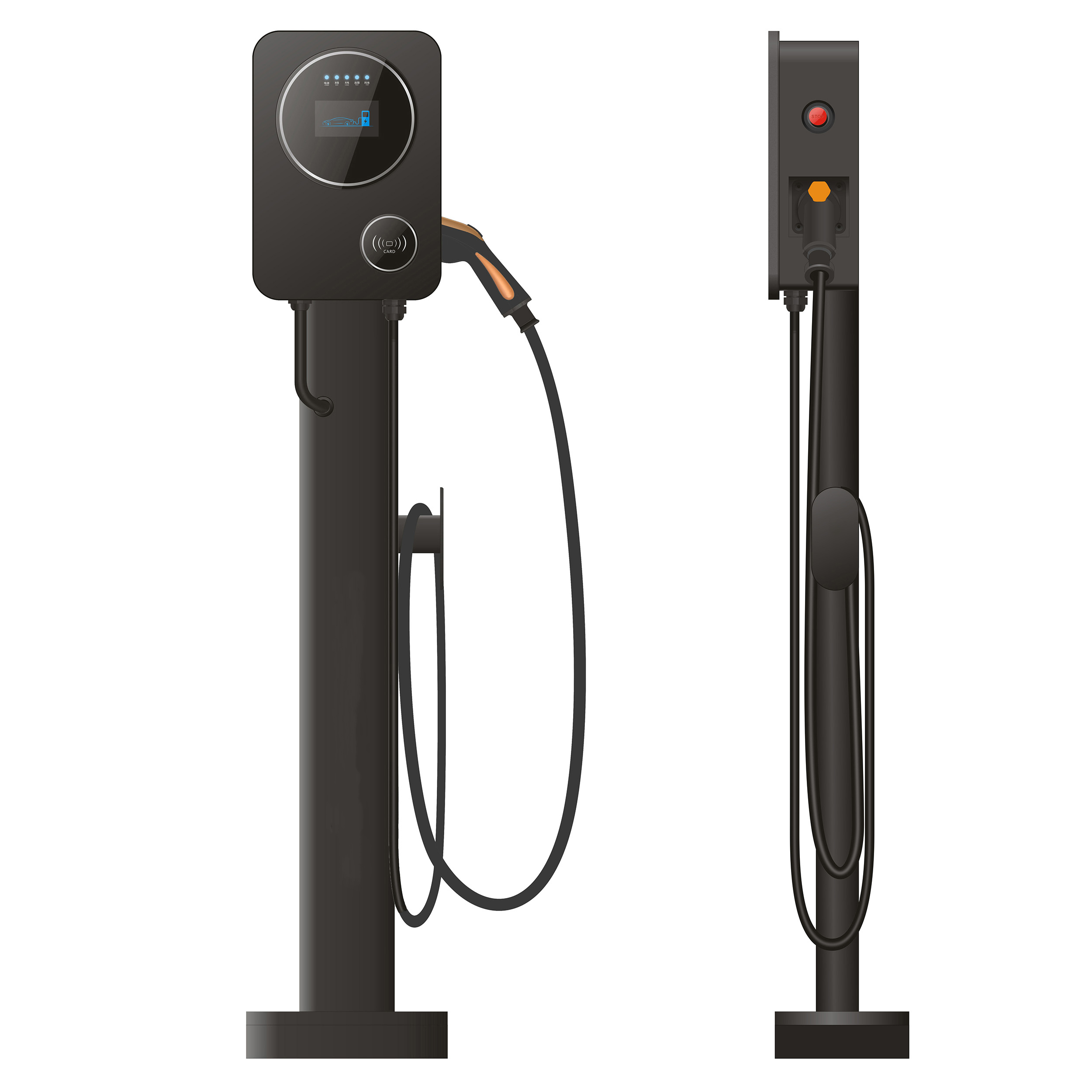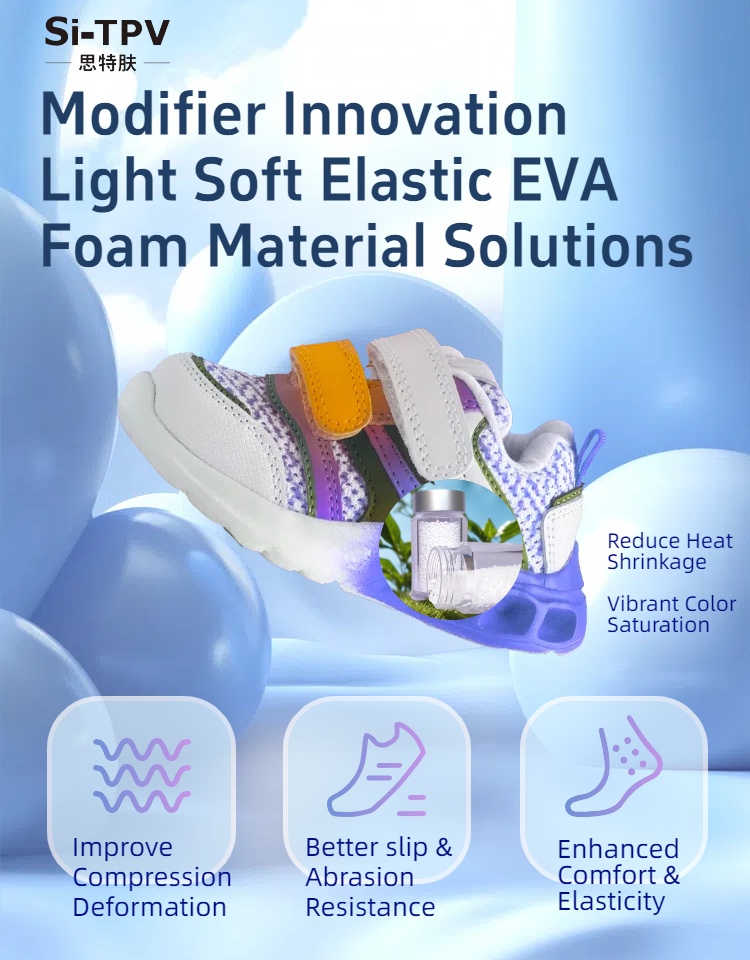
What is EVA Foam Material?
Why is EVA foam always a headache for engineers?
Poor Elasticity & Compression Set – Leads to flattened midsoles, reducing rebound and comfort.
Thermal Shrinkage – Causes inconsistent sizing and performance across different climates.
Low Abrasion Resistance – Shortens product lifespan, especially in high-impact sports.
Dull Color Retention – Limits design flexibility for brands.
High Return Rates – Industry reports confirm that over 60% of footwear returns are linked to midsole degradation (NPD Group, 2023).
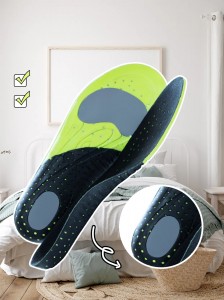
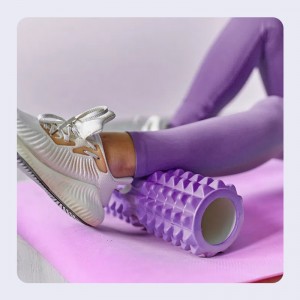
Soft EVA Foam Material Solutions
To address these issues, several material enhancements have been explored:
Cross-Linking Agents: Improve thermal stability and mechanical properties by promoting polymer matrix cross-linking, enhancing durability.
Blowing Agents: Control cellular structure uniformity, optimizing foam density and mechanical performance.
Fillers (e.g., silica, calcium carbonate): Increase hardness, tensile strength, and thermal properties while reducing material costs.
Plasticizers: Boost flexibility and softness for comfort-driven applications.
Stabilizers: Enhance UV resistance and longevity for outdoor use.
Colorants/Additives: Impart functional properties (e.g., antimicrobial effects).
Blending EVA with Other Polymers: To enhance its performance, EVA is often blended with rubbers or thermoplastic elastomers (TPEs), such as thermoplastic polyurethane (TPU) or polyolefin elastomers (POE). These improve tensile strength, tear resistance, and chemical resilience but come with trade-offs:
POE/TPU: Improve elasticity but reduce processing efficiency and recyclability.
OBC (Olefin Block Copolymers): Offers heat resistance but struggles with low-temperature flexibility.
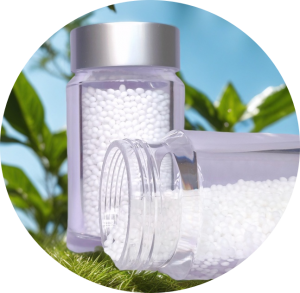
The Next-Gen Solution for Ultra-Light, Highly Elastic, and Eco-Friendly EVA Foam
One of the most groundbreaking advancements in EVA foaming is the introduction of the innovative silicone modifier, Si-TPV (Silicone-Based Thermoplastic Elastomer). Si-TPV is a dynamically vulcanized thermoplastic silicone-based elastomer, produced using a specialized compatibility technology that enables silicone rubber to disperse evenly in EVA as 2–3 micron particles under a microscope.
This unique material combines the strength, toughness, and abrasion resistance of thermoplastic elastomers with the desirable properties of silicone, including softness, a silky feel, UV resistance, and chemical resistance. Moreover, Si-TPV is recyclable and reusable within traditional manufacturing processes, making it an environmentally friendly choice.
By integrating SILIKE’s Silicone Thermoplastic Vulcanizate (Si-TPV) Modifier, EVA foam performance is redefined- enhancing elasticity, durability, and overall material resilience while maintaining thermoplastic processability.
Key Benefits of Using Si-TPV Modifier in EVA Foaming:
1. Enhanced Comfort & Performance – Increases flexibility and durability for a superior user experience.
2. Improved Elasticity – Provides better resilience and energy return.
3. Superior Color Saturation – Enhances visual appeal and branding flexibility.
4. Reduced Heat Shrinkage – Ensures consistent sizing and performance.
5. Better Wear & Abrasion Resistance – Extends product lifespan, even in high-impact applications.
6. Wide Temperature Resistance – Enhances high- and low-temperature performance.
7. Sustainability – Increases durability, reduces material waste, and promotes eco-friendly production.
"Si-TPV isn’t just an additive—it’s a systemic upgrade for EVA Foam Material Science."
Beyond footwear midsoles, Si-TPV-enhanced EVA foam unlocks new possibilities across industries such as sports, leisure, and outdoor applications.
Contact us Tel: +86-28-83625089 or via email: amy.wang@silike.cn.
website:www.si-tpv.com to learn more.









